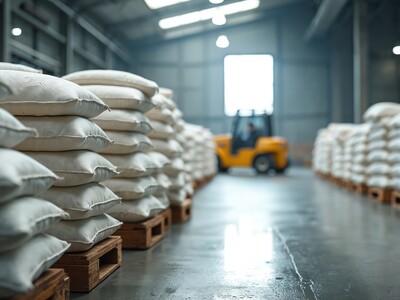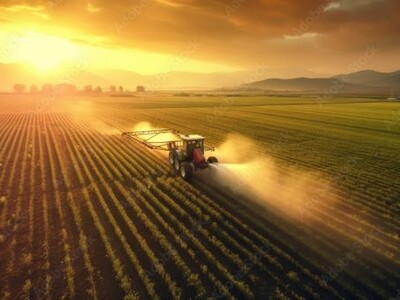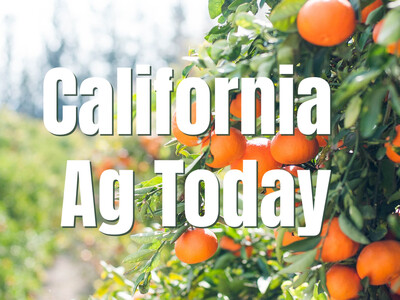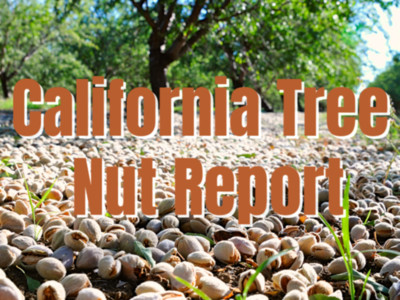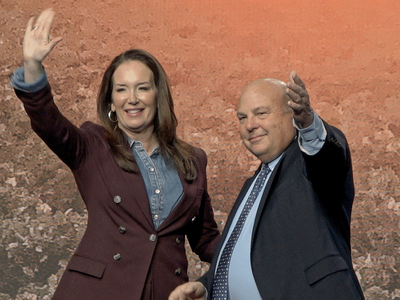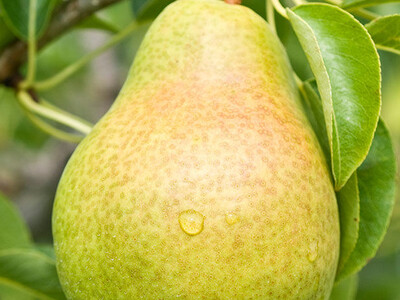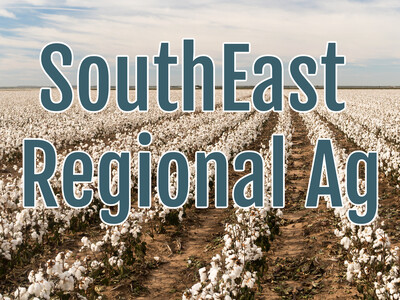Growing Biomass
Growing Biomass. I’m Greg Martin as Line On Agriculture presents the Harvest Clean Energy Report.
If you have ever travelled up the Columbia Gorge, Highway 84 to Eastern Oregon you have no doubt driven past what appears to be a massive, yet orderly forest on the south side of the highway. Row after row of poplar trees almost as far as the eye can see. Don Rice is the Managing Director for Greenwood Resources who looks after the Boardman Tree Farm.
RICE: We’re about 25-thousand acres and manage it on a sustained yield basis harvesting and planting about 2000 acres a year. Initially they were planted for pulp and paper and Greenwood Resources formed the Greenwood Tree Farm Fund in 2007 and purchased the farms and have since constructed a sawmill here on the farm so we take the biggest part of the tree to the sawmill and then some for veneer and then the tops of the trees go for pulp still and then we have the bark and branches that go for bioenergy.
Rice says that the biomass part of the business, the course chopped pieces called “hog fuel” has changed.
RICE: Hog fuel has been a part of the business all along largely going to boilers for direct combustion, for steam or steam and power but the direction in biofuels is headed more towards liquid fuels, ethanol or bio-based chemicals. We have a supply agreement with Zeachem who has a test facility for bio-based chemicals and ethanol at Boardman.
As you can imagine it does take a few years to grow trees to the maturity necessary for use. Rice talks about their approach to sustainability.
RICE: Sustainability is an important part of what we do. There’s the practical aspects of harvesting and replanting on a regular basis and monitoring the growth rates and harvesting at a rate that is sustainable long-term and then there’s kind of the certification aspects. We are certified by Forest Stewardship Council, FSC for sustainability and they look at sustainability from three legs if you will; environmental sustainability, economics and social sustainability.
And Rice says there is a lot going on right now in the biomass industry.
RICE: There’s projects in the northwest, USDA funded projects on looking at the viability of biomass industry and throughout different regions in the northwest as well as around the country in different crops, different species so there’s a lot of site trials and research going on in that area.
For additional information on clean energy, visit harvestcleanenergy.org. That’s today’s Line On Agriculture. I’m Greg Martin on the Ag Information Network.???www.harvestcleanenergy.org






